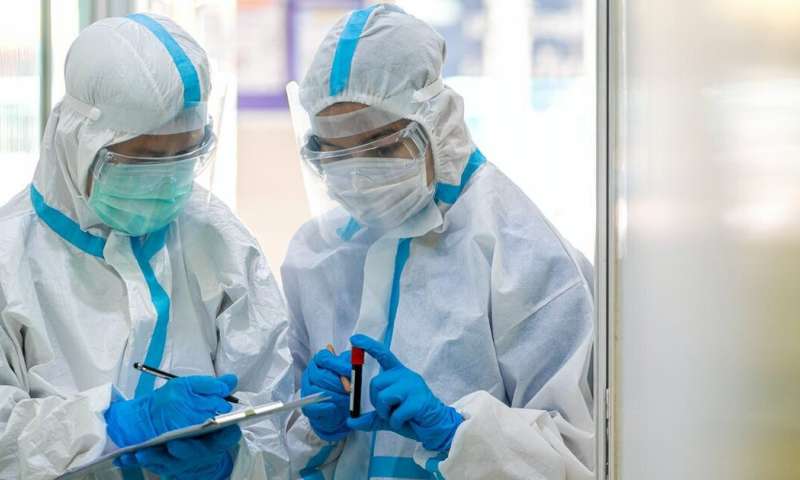As positive COVID-19 cases spike across the country, the role of contact tracing becomes even more important. Contact tracing is the process of identifying those who may have been exposed to someone with COVID-19, assessing the risk of their exposure and facilitating quarantine when indicated
Early in the pandemic, Dr. Laura Breeher, a preventive medicine specialist at Mayo Clinic, and her team developed digital tools to conduct contact tracing. Since then, Dr. Breeher, who is medical director of Occupational Health Services at Mayo Clinic, says contact tracing has evolved. At the beginning of the pandemic, when few people were wearing masks and social distancing, they found people who would test positive for COVID-19 typically had a lot of close contacts, meaning they potentially exposed a lot of people.
“With the evolution of the pandemic, I think that one thing that has changed is that in recent months, with the surge, we’re having an increased number of COVID-19-positive individuals, so we have more people we need to reach out to. But, fortunately, each of those people has exposed few others or sometimes they’ve exposed no other people because they’ve been practicing social distancing, diligent masking and hand-washing. And, so, they can confidently say they haven’t exposed anyone else. And that’s a win every time we hear that ? that there was no one else exposed,” says Dr. Breeher.
Dr. Breeher says at this point in the pandemic, as positive cases are surging across much of the U.S., community spread appears to be responsible for most COVID-19 exposures.
“I think most of the exposures, from my experience, are occurring in the community. Health care centers and schools have very good precautions in place to prevent exposure. I’ve been very impressed with the measures that schools have taken to prevent exposure, from hybrid learning so that class size are smaller to social distancing and wearing masks. But, certainly, out in the community, especially if you’re going to a place where you can’t have confidence that other people will be masked and will abide by those precautions, those are very risky scenarios,” says Dr. Breeher.
While many are feeling pandemic fatigue, experts say it’s more important than ever to remain vigilant. With cases increasing, Dr. Breeher shares a few reminders should someone in the household become sick or potentially exposed to COVID-19.
“If there’s someone in the household who’s sick, who has COVID, or is isolated, all other individuals in the household are quarantined, and no one should go any anywhere. That’s kind of the worst-case scenario. And it’s good to plan for that scenario. In general, I think it’s a good idea to have about a week supply of groceries on hand,” Dr. Breeher explains. “I know prior to the pandemic, I would go to the grocery store every couple days and pick up a few things. Now we get groceries once a week to make sure that we have a few more days of supply.”
She says if there’s someone in the household who has been exposed to COVID-19 and is quarantined, but the rest of the family or household members haven’t been exposed, in general, keeping the quarantined person away from everyone else is recommended. That way, the other people in the house who have not been exposed can go about their day-to-day lives.
“I would ask everyone to stay strong and fight that pandemic fatigue. I think that we have all felt it at one point or another within the last nine or 10 months, and as much as we can stay strong and not give in to that, I think that we’ll all get through this together,” says Dr. Breeher.
Mayo Clinic News Network


